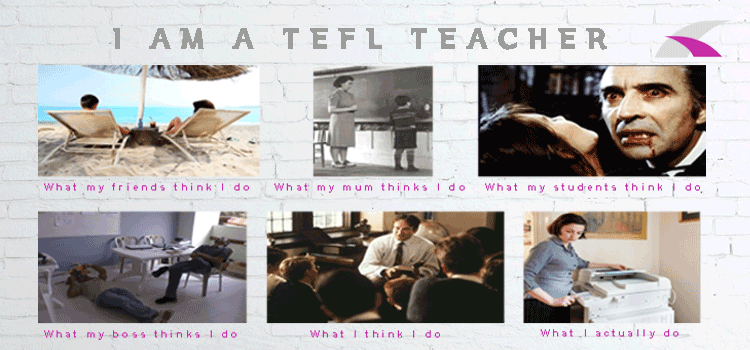Developed by TEFL trainer Gabriel Messina
What is anticipating students problems and why analyze learners' linguistic production? One of the most important outcomes that we take from linguistic analysis in ESL practice is the ability to anticipate learners problems, among other reasons.
What do we analyse? At the same time teachers are analyzing meaning, form, pronunciation, function, appropriateness… any type of language interference in general.
In her presentation
Analysing language and anticipating problems, CELTA trainer Jo Gakonga analyses the main reasons and benefits of analyzing learners' production and anticipating students problems. We have selected a few features of her presentation.
Let's take the example below:
I WISH I HAD MORE TIME.
What errors can we expect in it applying the above characteristics?
Meaning: problems can arise when the meaning is different from that of the learner's L1 and produces language interference.
Function: problems can arise due to grammatical rules not mastered or applied wrongly.
Pronunciation: problems can arise because of spelling and pronunciation being different, especially in languages with phonetic spelling, such as Spanish, Italian, Portuguese...
Function: the purpose of the speaker can be determinant too, for example, speculating, regretting, refusing, etc.
Appropriateness: There can be different levels of formality due to cultural differences.
This is how this principle operates at a practical level:
Anticipating students problems is a skill that you will develop with practice. Error analysis is related to the mother tongue intervening along with English.
In your teaching practice you will detect many common errors in Spanish learners. Here is a brief list of the most common ones which you can broaden.
- Regarding morphology:
- Omitting the –s of 3rd person singular of verbs, e.g. She speak English. He playtennis.
- Confusing he and she. Spanish people often confuse these pronouns.
- Wrong article usage
- Wrong singular/plural usage. E.g. The people are crazy. There are many mens.
- Regarding pronunciation
- Pronunciation of initial S + Consonant: start, stop, stadium, split, etc.
- V/B sounds are pronounced the same
- J/G sounds are hard to pronounce
- H sound is pronounce too guttural
- Past simple of regular verbs: e.g. walked pronounced as “waked”.
- Pronunciation of silent L in could, would, should
- Same pronunciation of long and short i: sheet/shit, feet / fit.
- Pronunciation of final T, etc.
- Stress and intonation. Since there are no specific rules for stress in English, Spanish learners have to learn the words with their stress. Intonation patterns are also different.
- Regarding syntax
- Using wrong prepositions, e.g. depends of instead of depends on
- Word order of adjectives, e.g. apple green instead of green apple
- Tense formation. Using present simple instead of present perfect, e.g. I live in Spain for five years, instead of I’ve lived / been living in Spain for 5 years.
- Wrong use of auxiliaries in questions. Wrong use of inversion.
- Regarding lexicon
- False friends of same root, e.g. grades / marks, assist / attend, etc.
- Preference of using one word verbs from latin roots rather than phrasal verbs. Enter=come in
Anticipating students problems is definitely the best way to avoid frustrations in learners and making the L2 acquisition process easier for your learners.














